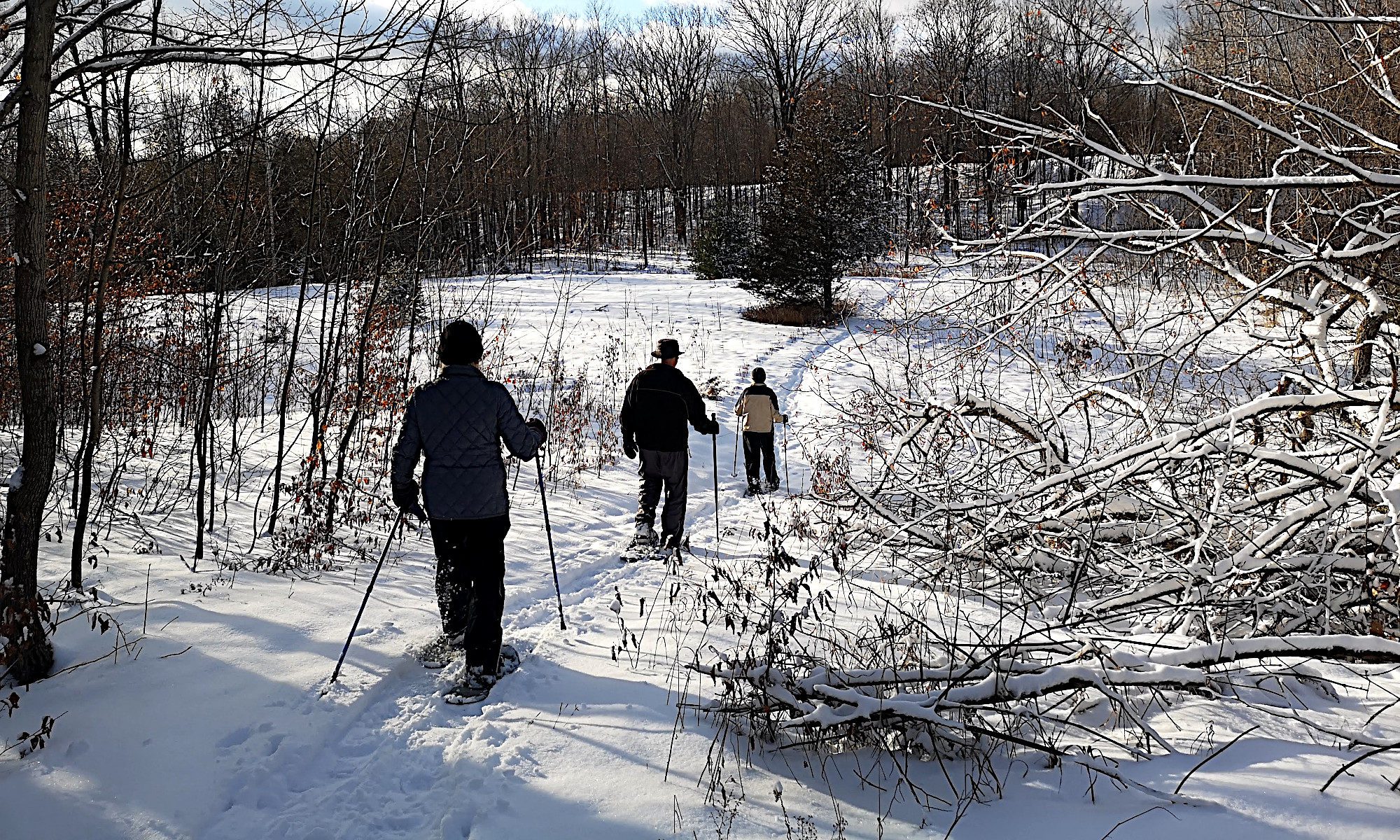
From Suzanne Raga for Mental Floss: “For Lyudmila Pavlichenko, killing Nazis wasn’t complicated. “The only feeling I have is the great satisfaction a hunter feels who has killed a beast of prey,” she once said of her job. But Pavlichenko wasn’t just any soldier: She was the most successful female sniper in history, and one of the most successful snipers, period. As a member of the Soviet Army during World War II, she killed 309 Nazis, earning the sobriquet “Lady Death.” She also became a public figure who toured North America and Britain, befriended Eleanor Roosevelt, and spoke candidly about gender equality—especially when she was fed up with American reporters. Pavlichenko killed hundreds of enemy combatants in Odessa, Moldavia, and Sevastopol. “We mowed down the Hitlerites like ripe grain,” she later said.”
Switched at birth, two Canadian men discover their roots at the age of 67

From Norimitsu Onishi at the New York Times: “Richard Beauvais’s identity began unraveling two years ago, after one of his daughters became interested in his ancestry. She urged him to take an at-home DNA test. Mr. Beauvais, then 65, had spent a lifetime describing himself as “half French, half Indian,” or Métis, and he had grown up with his grandparents in a log house in a Métis settlement. So when the test showed a mix of Ukrainian, Ashkenazi Jewish and Polish ancestry, he dismissed it as a mistake. But around the same time, in the province of Manitoba, a young member of Eddy Ambrose’s extended family had shattered his identity with the same test. Mr. Ambrose had grown up attending Mass in Ukrainian, but he wasn’t Ukrainian at all. He was Métis.”
Note: This is a version of my personal newsletter, which I send out via Ghost, the open-source publishing platform. You can see other issues and sign up here.
The women making waves in Moroccan surfing

From Emma Larbi for Vice: “Randa El Amraoui is a 31-year-old language and communication professor. Her hair still wet, she leans on a plastic table, chatting under the umbrellas of the local surf club. El Amraoui has been surfing for eight years. “It was a childhood dream of mine, ever since I saw female Hawaiian surfers on Disney Channel,” she jokes. With its massive, 3,600-kilometre-long coastline, Morocco has earned itself a reputation for great surf spots in recent years. Long dominated by men, the sport has slowly been opening up to women, especially in the past five years, according Chadi Lahrioui, multi-time surfing champion of Morocco and Africa and the manager of a surf club on Oudayas Beach. El Amraoui credits Instagram posts showing foreign and local girls on the waves for making the sport has become more popular.”
Scholar finds doodles made by Henry VIII in ancient prayer book

From Jack Guy for CNN: “Toward the end of his life, England’s King Henry VIII left a series of doodles in a prayer book, revealing his anguish over his health and his past actions, new research shows. Henry, who ruled from 1509 until his death in 1547, made the annotations in a copy of ‘Psalms or Prayers,’ translated by his sixth and final wife, Katherine Parr, in 1544. Micheline White, an associate professor at Carleton University in Canada, spotted them by chance. “I was just astounded,” said White. “I didn’t know there were marginalia in the book.” Henry left two distinctive types of marking. The first, known as ‘manicules,’ are drawings of a hand with a pointed index finger, and the second are ‘trefoils,’ which are three dots with a squiggle. Printed in 1544, the book of Psalms “contains prayers for repentance, for wisdom, for the destruction of enemies, and for the King and his army,” according to White.”
Why did the Nazis fail to make a nuclear bomb?

In 1938, German chemists Otto Hahn and Fritz Strassmann first detected nuclear fission in their experiments in a laboratory in Berlin. They were bombarding uranium with neutrons when they discovered Barium, an element approximately half the size of uranium. Their former colleague Lise Meitner and her nephew Otto Frisch came to the realization that the Uranium nucleus had split. This sparked global discussion in the physics community, and the troubling implications of the breakthrough soon came into the conversation. The possibility of creating a nuclear weapon now seemed more plausible than ever. In April 1939, less than a year later, the “German Uranium Project” was formed by the education ministry after the scientific community informed it about the newly discovered energy source.. But they never developed an actual atomic bomb. Why?”
Namibian fairy circle debate rages on: Sand termites or Turing mechanism?

From Jennifer Ouellette for Ars Technica: “Himba bushmen in the Namibian grasslands have long passed down legends about the region’s mysterious fairy circles: bare, reddish-hued circular patches that are also found in northwestern Australia. In the last 10 years, scientists have heatedly debated whether these unusual patterns are due to sand termites or to an ecological version of a self-organizing Turing mechanism. Last year, a team of scientists made a strong case for what they deemed definitive evidence of the latter, thus ruling out sand termites, but was their declaration of victory premature? A recent paper published in the journal Perspectives in Plant Ecology, Evolution, and Systematics offers a four-point rebuttal of those 2022 findings, concluding that sand termites may be to blame after all. Meanwhile, the authors of that 2022 study have offered a counter-rebuttal to the rebuttal; there is currently a preprint undergoing peer review.”
Bootleggers used specially modified shoes to hide their tracks
From Fascinating on Twitter:
